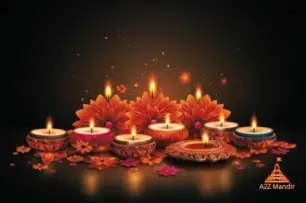Makar Sankranti: Traditions, Hindu Festival and Significance
Makar Sankranti falls on the 14th or 15th of January each year. This Hindu festival holds cultural and astronomical importance. Unlike most Hindu festivals based on the lunar calendar, Makar Sankranti aligns with the solar calendar. It indicates the sun’s motion into the Capricorn zodiac (Makara Rashi), heralding the end of the wintry weather solstice … Read more



